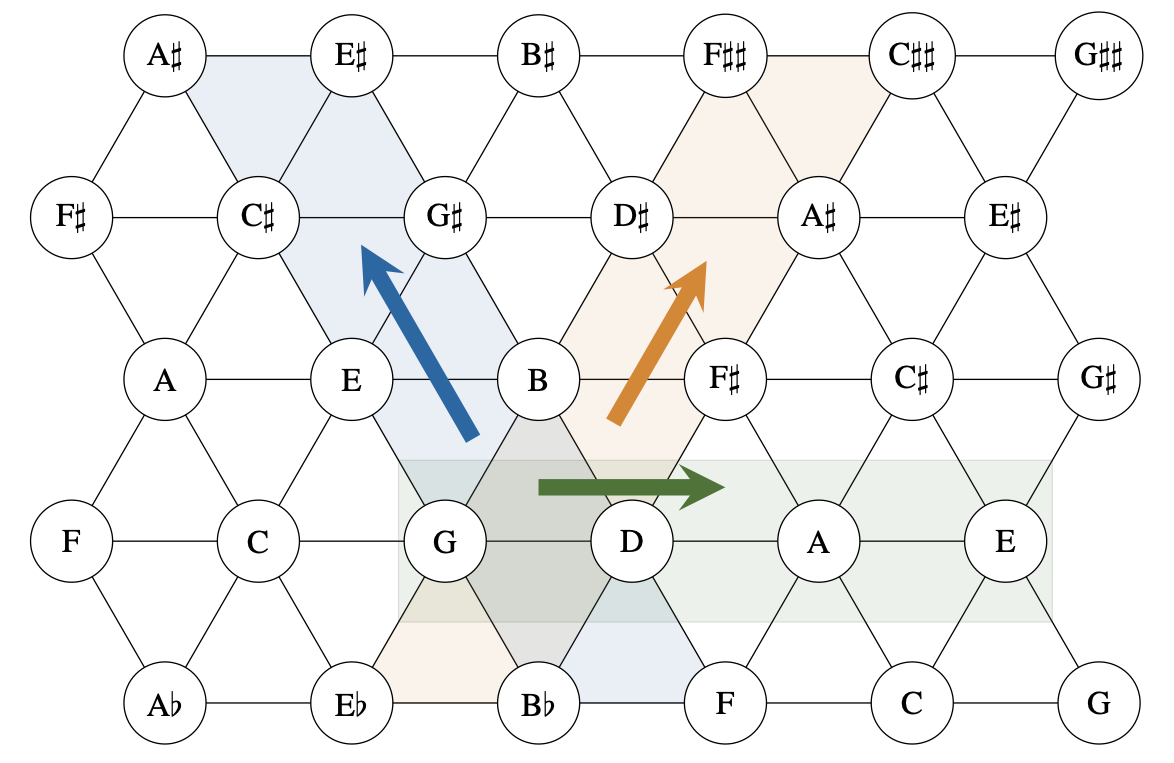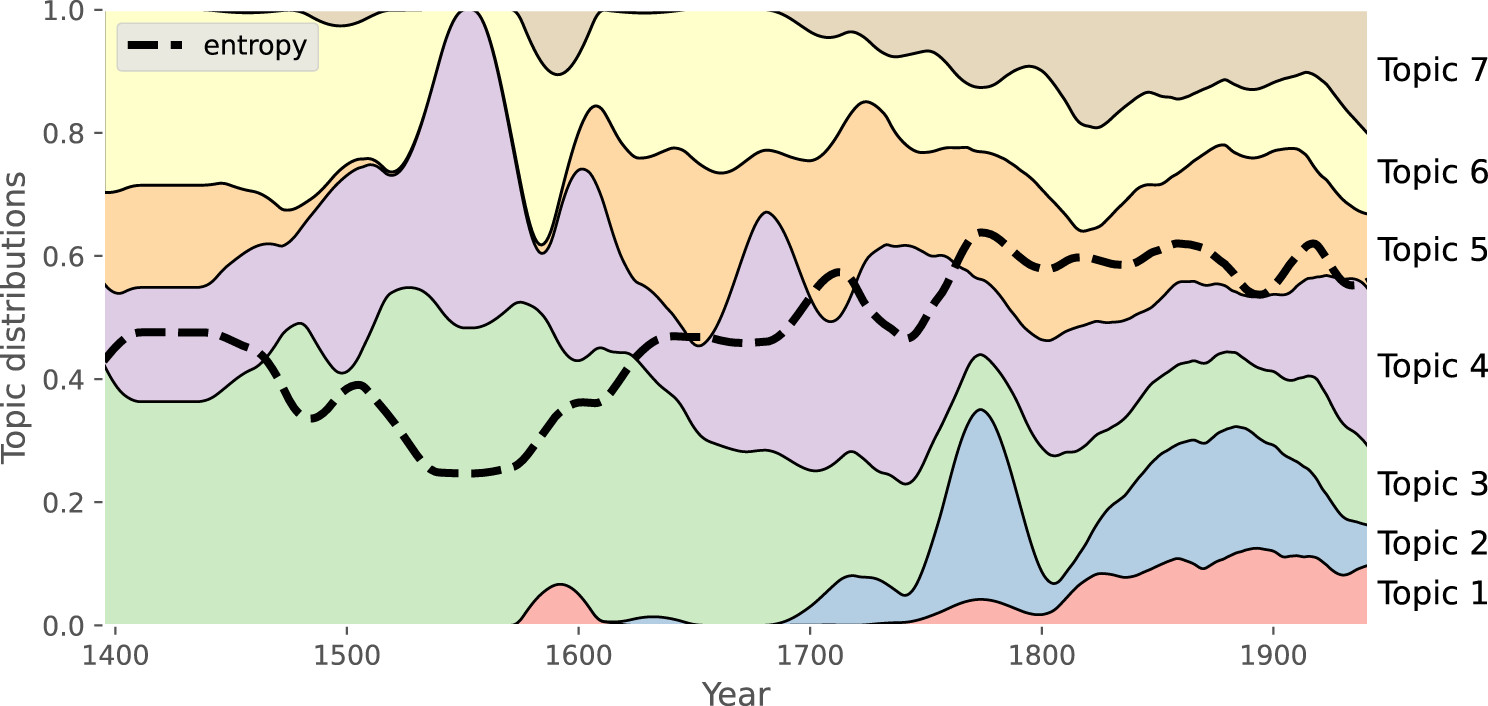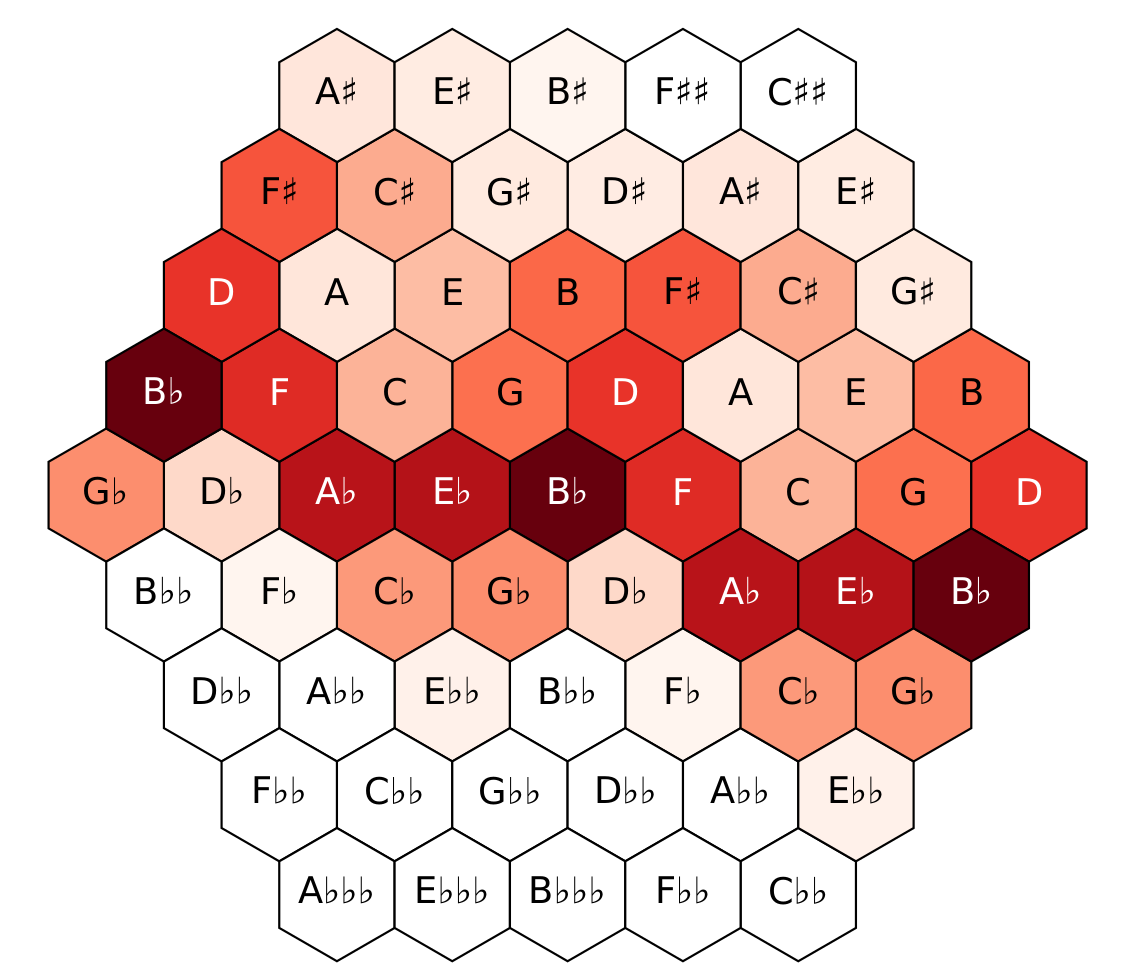The Development of Harmony over Three Centuries (1700–2000)
- Funded by the Swiss National Science Foundation (SNSF)
- Duration: early 2019 — early 2023 (four years)
- Principal investigator: Prof. Dr. Martin Rohrmeier
The Digital Humanities are a vibrant field on the rise, witnessing a steady growth of research initiatives. One of the central potentials of computational approaches for Digital Musicology is the power to analyze amounts of musical sources that have been entirely unachievable for traditional methods. However, this also brings with it a core challenge in terms of bridging approaches from different disciplines, both on the level of theory and methodology. Hence, this proposal makes a step towards integrating music theory, musicology, and computational music modelling in an overarching project.
This project focuses on the analysis and historical development of harmony between ca. 1700 and 2000. Using corpus-based methodologies, we model harmonic structures of common-practice tonality, extended tonality of the 19th century, and new forms of harmonic usage in Pop/Rock/Jazz. The proposed research plan involves three main pillars:
First, we create a foundation based on musical corpora, music theoretical annotations, and tools enabling their access, analysis, and visualization.
Second, we advance the state of the art by developing a robust computational model of harmonic analysis (with a music theoretically detailed representation).
Third, we analyze our datasets and corpora, seeking to advance the understanding of how harmonic principles developed over the entire timespan by approaching our dataset from a bird’s eye perspective (“distant listening”). In our methods, we combine music-theory driven hypothesis with information-theoretical measures and inferred music-theoretical structures. We examine, visualize, and interpret large-scale trends and developments in the light of existing musicological literature, seeking to achieve a cross-disciplinary, cross-methodological enrichment of our approach.
Main results
Data
Code
Academic exchange
- Invited talk: DH Research Seminar by Frank Hentschel: “How to Create a Historically Reliable Corpus?”
- Workshop 2022 (22-25 March): “Representing Harmony: Goals and Challenges”
Research output
- Computational model of harmonic analysis of symbolic music
- A semi-automated workflow paradigm for the distributed creation and curation of expert annotations
- The Annotated Mozart Sonatas: Score, Harmony, and Cadence
- A Historical Analysis of Harmonic Progressions Using Chord Embeddings
- A Formal Model of Extended Tonality
- Exploring the foundations of tonality: statistical cognitive modeling of modes in the history of Western classical music
- The Tonal Diffusion Model
- Discovering latent tonal “topics” in a large historical corpus
- Tracing historical changes in the exploration of tonal space
Showcase of recent research

A Formal Model of Extended Tonality
Extended tonality is a central system that characterizes the music from the 19th up to the 21st century, including styles like popular music, film music or Jazz. Developing from classical major-minor tonality, the harmonic language of extended tonality forms its own set of rules and regularities, which are a result of the freer combinatoriality of (…)

Discovering latent tonal “topics” in a large historical corpus
In a study, recently published in Music & Science, DCML researchers Fabian C. Moss, Markus Neuwirth, and Martin Rohrmeier use Latent Dirichlet Allocattion (LDA), one of the most pervasive topic models in the Digital Humanities, to uncover underlying “tonal profiles”: distributions of pitch classes. Tracing topics over ~600 years shows historical changes in tonality, in (…)

A computational model for note distributions in musical pieces
The goal of music theory is to describe and explain underlying structure in musical compositions in systematic and consistent ways. For centuries, theorists have written e. g. about different tuning systems, compositional rules for combining notes, and the formal arrangement within musical pieces. In the 19th century, a heated debate took place of how to (…)